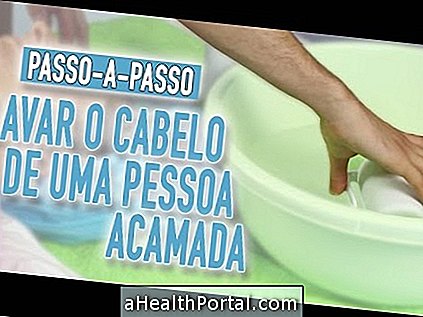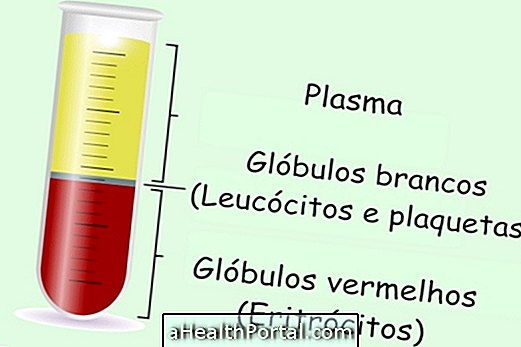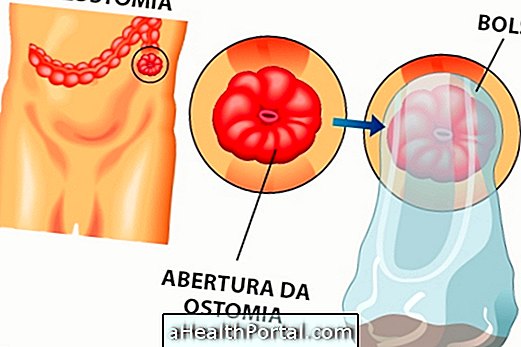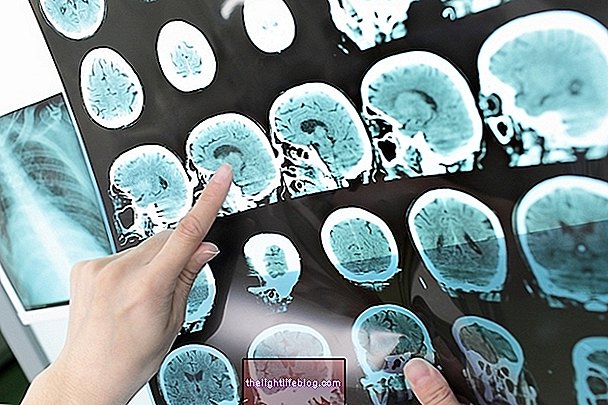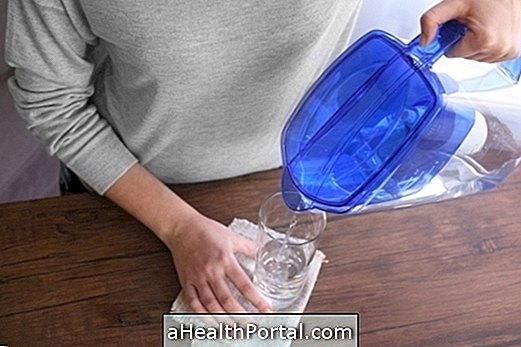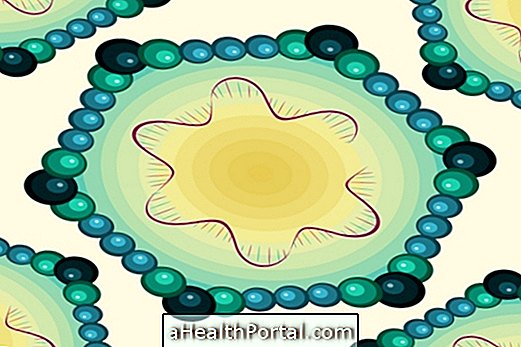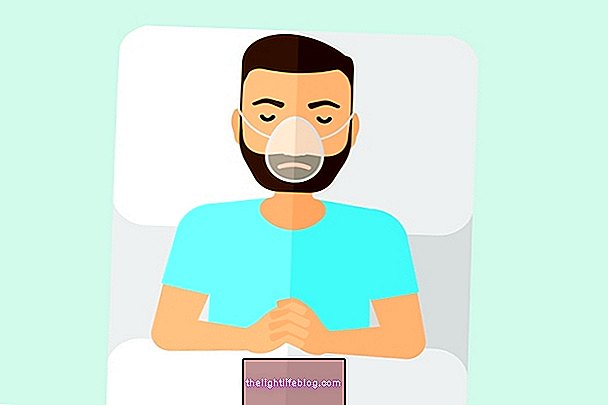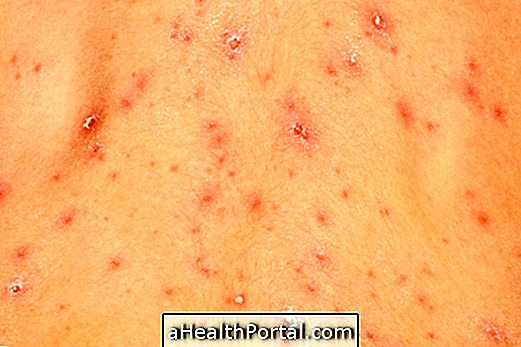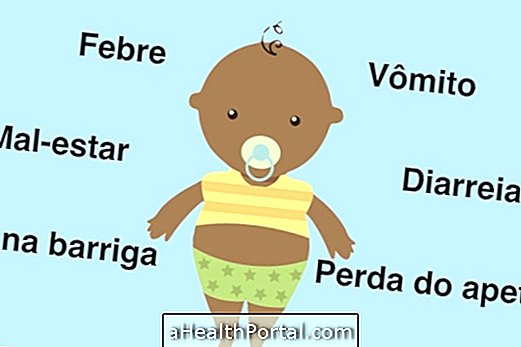Henöch-Schönlein purpura, also known as PHS, is a disease that causes inflammation of small blood vessels in the skin, resulting in small red patches on the skin, pain in the belly and joint pain. However, inflammation can also occur in the blood vessels of the intestines or kidneys, causing diarrhea and blood in the urine, for example.
Generally, this condition is more common in children under 10 years, but it can also happen in adults. While in children, purpura tends to disappear after 4 to 6 weeks, in the adult the recovery may be slower.
Henöch-Schönlein purpura is cured and usually does not require any specific treatment, and only a few remedies may be used to relieve pain and make recovery more comfortable.

Main symptoms
The first symptoms of this type of purple are fever, headache and muscle aches that last between 1 to 2 weeks, and can be mistaken for an influenza or cold.
After this period, the most specific symptoms appear as:
- Red spots on the skin, especially on the legs;
- Pain and swelling in joints;
- Stomach ache;
- Blood in the urine or stools;
- Nausea and diarrhea.
In very rare cases, the disease may still affect the blood vessels of the lungs, heart, or brain, causing other more serious symptoms such as difficulty breathing, coughing up blood, chest pain, or loss of consciousness.
When any of these symptoms develop, a general practitioner or pediatrician should be consulted to make a general assessment and diagnose the problem. Thus, the doctor may order several tests, such as a blood test, urine or skin biopsy, to eliminate other possibilities and confirm the purple.
How is the treatment done?
Usually no specific treatment is needed for this disease, and it is only recommended to keep the home at home and to evaluate if there is worsening of the symptoms.
In addition, the doctor may also prescribe the use of anti-inflammatories or analgesics, such as Ibuprofen or Paracetamol, to relieve pain. However, these remedies should only be used under the guidance of the doctor because if the kidneys are affected, they should not be taken.
In more severe cases, where the disease causes very intense symptoms or affects other organs such as the heart or brain, it may be necessary to be admitted to the hospital for the administration of medicines directly into the vein.
Possible Complications
In most cases, the purple of Henöch-Schönlein disappears without leaving sequels, however, one of the main complications associated with this disease is the alteration of the functioning of the kidneys. This change may take a few weeks to months to appear, even after all symptoms have disappeared, causing:
- Blood in the urine;
- Excessive foam in the urine;
- Increased blood pressure;
- Swelling around the eyes or ankles.
These symptoms also improve over time, but in some cases the function of the kidneys may be so affected that it causes kidney failure.
Thus, after recovery, it is important to have regular consultations with the general practitioner, or pediatrician, to evaluate the function of the kidneys, treating problems as they arise.
